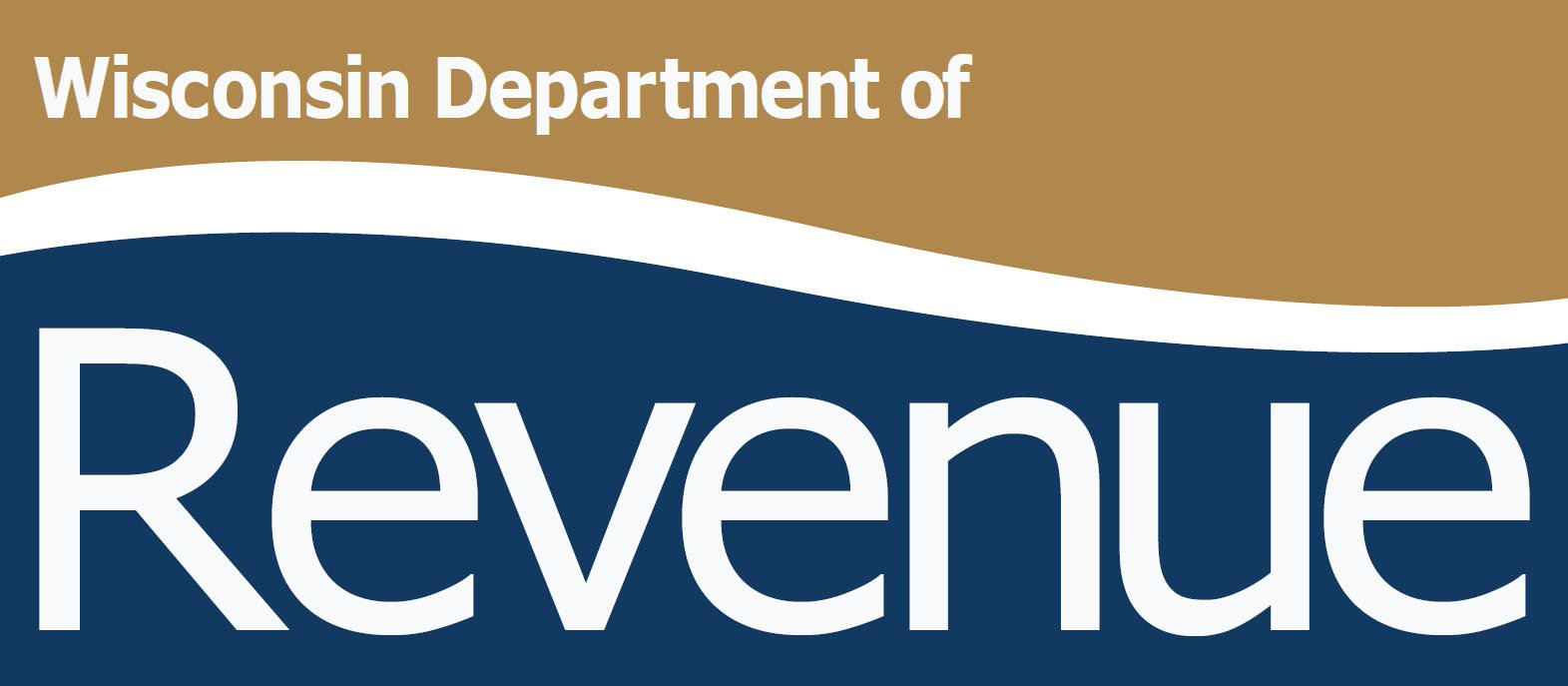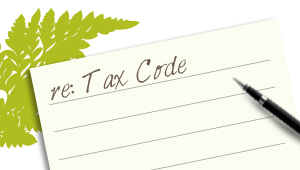Tis the season for figuring out if you have paid in enough tax this year. When you’re self-employed, or you get a significant amount of income from investments, it can be difficult to figure out the right amount to pay in. Who knows what lies ahead for your business, your investments, and the economy in general? Who wants to scrape together quarterly payments that you might end up getting back next spring because you over-estimated your income?
Ground Rules – Why Do You Get Penalized?
The federal government expects you to pay your taxes throughout the year, as income is earned. Most people pay their taxes through withholdings on paychecks, Social Security, pension/IRA distributions. People with businesses or investment income usually pay their taxes through estimated payments made quarterly on the 15th of April, June, September and January. Although your tax return is not due until April 15th, you will be charged interest, and maybe a penalty as well, if you wait until April 15th to pay your taxes for the prior year.
Your minimum quarterly estimated payments must be one-fourth of the lesser of the following:
- 90% of your current year tax liability, or
- 100% of last year’s tax liability for AGI less than $150,000, or
- 110% of last year’s tax liability for AGI of $150,000 or more.
Three Strategies to Avoid Underpayment Penalties and Interest
- Make your quarterly payments on time! Set up reminders in your calendar for the estimated payment due dates. Prepare the payments ahead of time and drop them in the mail as they come due. Use Direct Pay on the IRS website to make your payments electronically from your account. Another electronic payment option is EFTPS. On EFTPS you can schedule your payments to come out of your account automatically on their due dates. You need to allow at least two weeks to set up your EFTPS account.
- Pay the minimum amount to avoid penalty, and then adjust quarterly payments as the year progresses. If you don’t know how much income you will have, just pay in one-fourth of either 100%or 110% (depending on your income level) of last year’s tax each quarter. Later on in the year, if you are certain your income will be lower than last year, feel free to reduce your quarterly payment.
- Increase withholding late in the year. If you or your spouse gets a paycheck, you may be able to adjust withholding late in the year. Federal tax withholding is considered evenly spread throughout the year, even if it came out of your paycheck in December. Therefore, if you can increase your withholding in the last month or two of the year to cover a potential underpayment, you will not get a penalty or interest for being “late.” Do plan ahead though. You can only withhold the net amount earned on your paycheck after FICA and Medicare taxes are deducted.
Plan for year end taxes no later than October/November. If you have underpaid and are worried that you may have a large tax liability, there might be something you can do to reduce that liability if you plan ahead. Consult with your tax preparation services provider on ways of lowering your tax liability.




